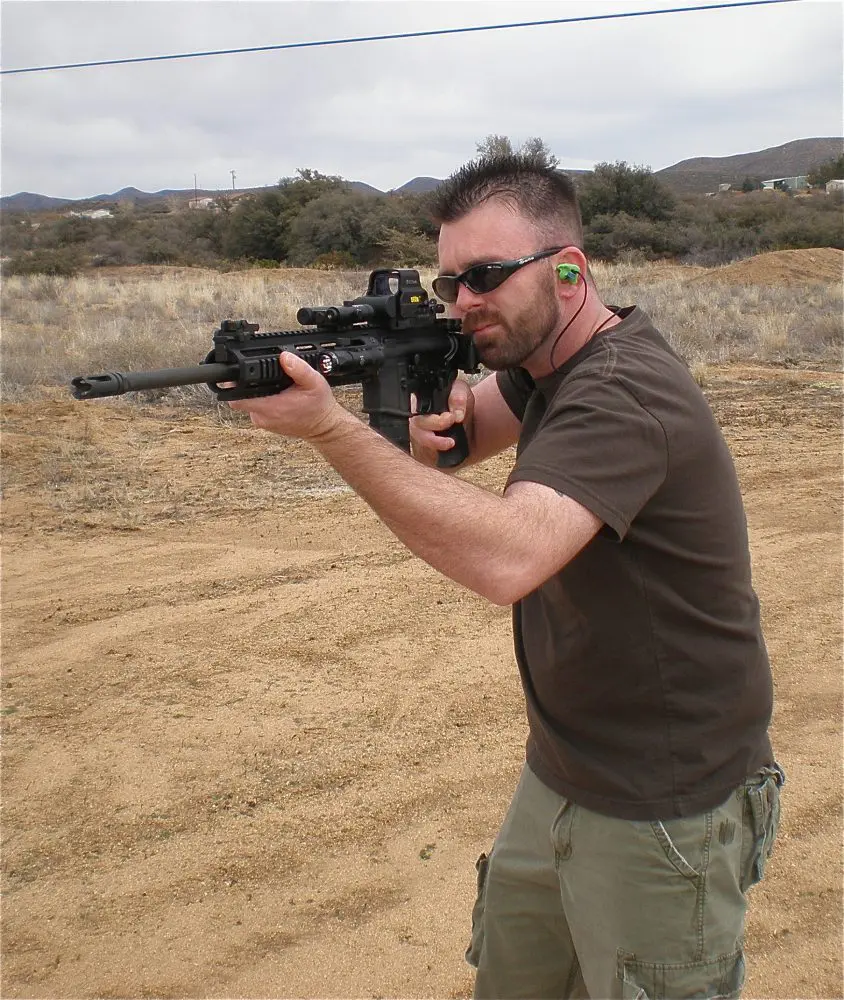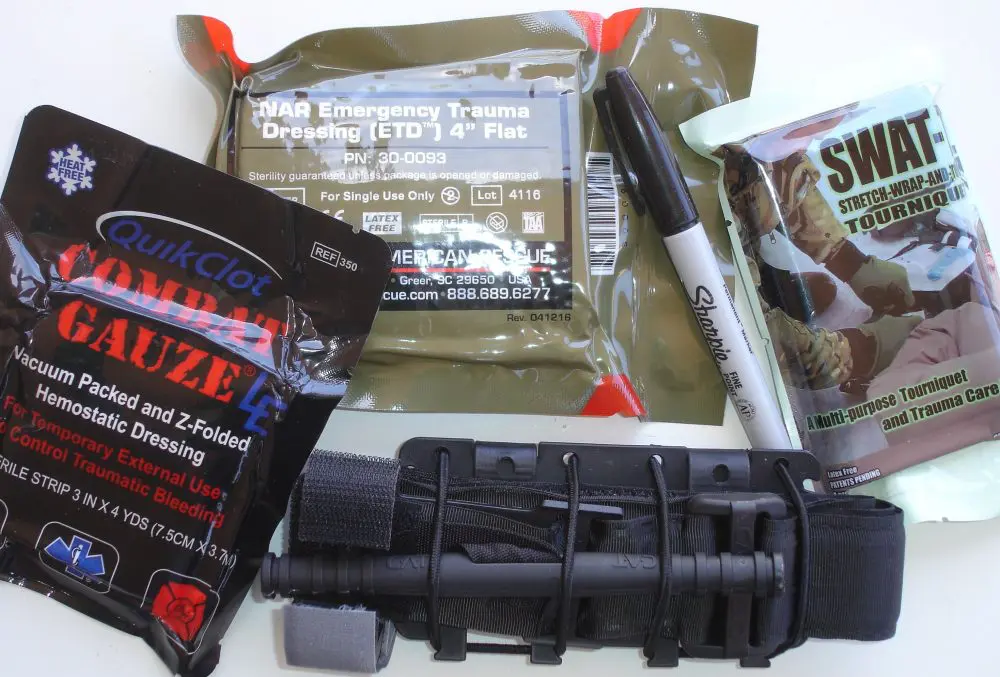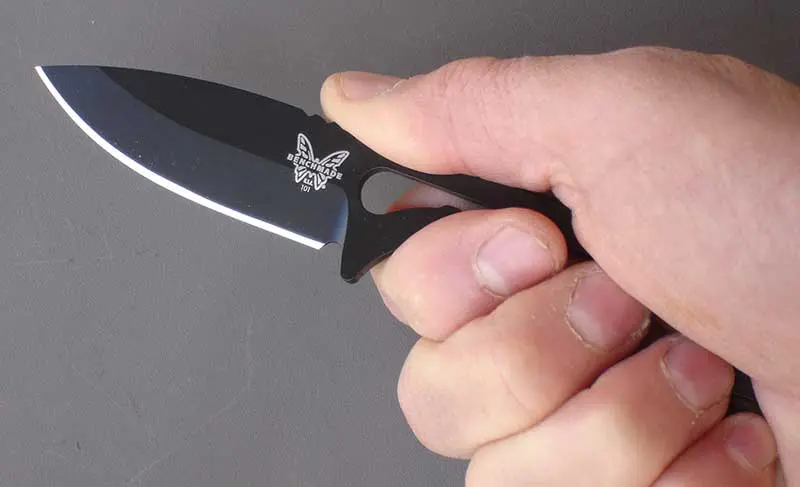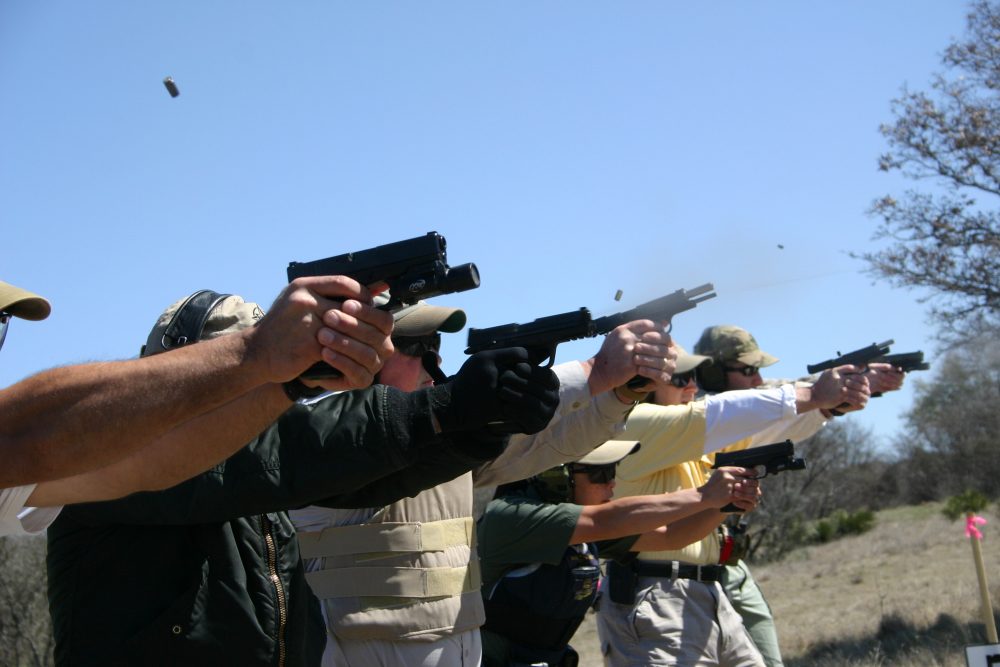In the beginning, there was word of mouth, which gave way to clay tablets, which in turn progressed into papyrus, which then led to pen and ink, and finally culminated in binary numbers floating about the ethernet zone of space.
Discovery within the judicial system applies to anything evidentiary in value that may be argued to build a case either for or against an individual. If a past history or the perception of preconceived notions relative to an individual’s actions can be used to discredit him, you may rest assured that such will be the case.
I would never nor have I ever defended a corrupt or dishonest officer. They should not have been there in the first place, and their actions simply make the honest officer’s duties more challenging. I would apply the same theory to blatantly stupid actions taken by those who should never have been allowed to wear the badge.
It seems to have become commonplace for people to share everything about their lives on the Internet. Twitter, Facebook, personal websites, and the like have become virtual dumping grounds for some fairly brain-dead actions and comments.
I am aware of officers who have taken some rather risqué photos of other officers and then shared them with a “select few.” These few in turn shared them with others, and the sharing exploded exponentially. Lawsuits ensued and departments paid substantial sums resulting in some being fired while others were transferred or demoted, and careers were halted.
In simple terms, nothing good came from this. Pure stupidity at its best.
Deadly force is treated very seriously within the judicial system. Comments that are negative in nature, derogatory, prejudicial, hateful, or display deep-seated personal animus toward others and are digitally imprinted for eternity clearly illustrate that you should not be in law enforcement.
They can also severely degrade a case that otherwise might be viewed as reasonable and justified as such. If there are multiple defendants (officers) in a wrongful death/use of force lawsuit, one rotten apple will fell the tree. Were I to apply force in a reasonable fashion and you as my partner had very questionable material on your website or had posted questionable items relative to the incident, you can bet this will be one of the first things to surface in deposition and most certainly in trial.
What you might view as funny or shareable at the moment can have devastating consequences down the road. Personal Facebook pages that state, “It’s a good day to kill someone,” have pictures of skulls, or any material glorifying killing will be displayed throughout the trial to a jury. Aside from being blatantly myopic, stupid and immature (again, LE is not the profession for you), rehabilitating your image in the eyes of the jury and courts is a very difficult task.
One of the first questions I am asked in depositions defending those who have applied deadly force is whether or not I have Facebook or Twitter accounts. Anything I have ever written, including this article, is discoverable—anything. Skilled attorneys can readily turn what you perceived at the moment to be a harmless comment or post and use it against you with devastating consequences.
Officers are sometimes amazed at what surfaces during the long process of resolving lawsuits. Since these affairs often span several years, more than ample time exists for computer experts to discover what you erroneously perceived as non-recoverable information you posted.
Aside from gross immaturity, it is clear this individual did not anticipate the damage one singular comment might have relative to a future case. The same can be applied to photos of an offensive nature. Juries are susceptible to perception. As a point of fact, it is their very perception of a case that formulates their decision. If you are viewed as less than professional, I can guarantee you that your case will not go well.
With the advent of smartphones and integrated cameras, anything you record is also discoverable. If you were to attempt to hide this fact, a case might be made against you for obstruction of justice. Any and all evidence relative to a case is admissible. Incriminating or exculpatory or otherwise, it is all evidence brought forth that ensures a fair judicial process.
A hidden danger lies in feeling that your every thought and action need to be shared instantly with the world. Those shared thoughts and actions are discoverable and ultimately useable against you. I have heard, “I didn’t think this would ever come up.” Well, guess what? It has and now we have to deal with it.
Once the “cloud” receives this information (I’m not sure exactly how that works), it is held in perpetuity for all to discover. Part of being professional is using a clear thought process when deciding what to share and what not to share with the world.
In my day—on day one of the Academy—they told us that three things are guaranteed to destroy a career: whiskey, women, and your mouth. We should probably now add digital information.
Another often overlooked factor is the subject of logos, emblems, tattoos, and the like that depict images or phrases that can be used against you. Plenty of these are out there. It is not uncommon (I had a recent case involving this) for officers to be photographed without their shirts to display tattoos and/or injuries sustained.
The images were not exactly beneficial to this individual’s case. I am wary of such images, and you should be too. The old adage, “There are no mistakes on a blank piece of paper” is a rather insightful phrase.
Use discretion and professionalism when deciding what to share with the world. The digital world is replete with landmines that can detonate when least expected.
Scott Reitz is a 30-year veteran of the Los Angeles Police Department and the director of the highly acclaimed International Tactical Training Seminars. Course information and schedules are available at their website at www.internationaltactical.com. Looking Back, a free monthly newsletter, is available by email at [email protected].






